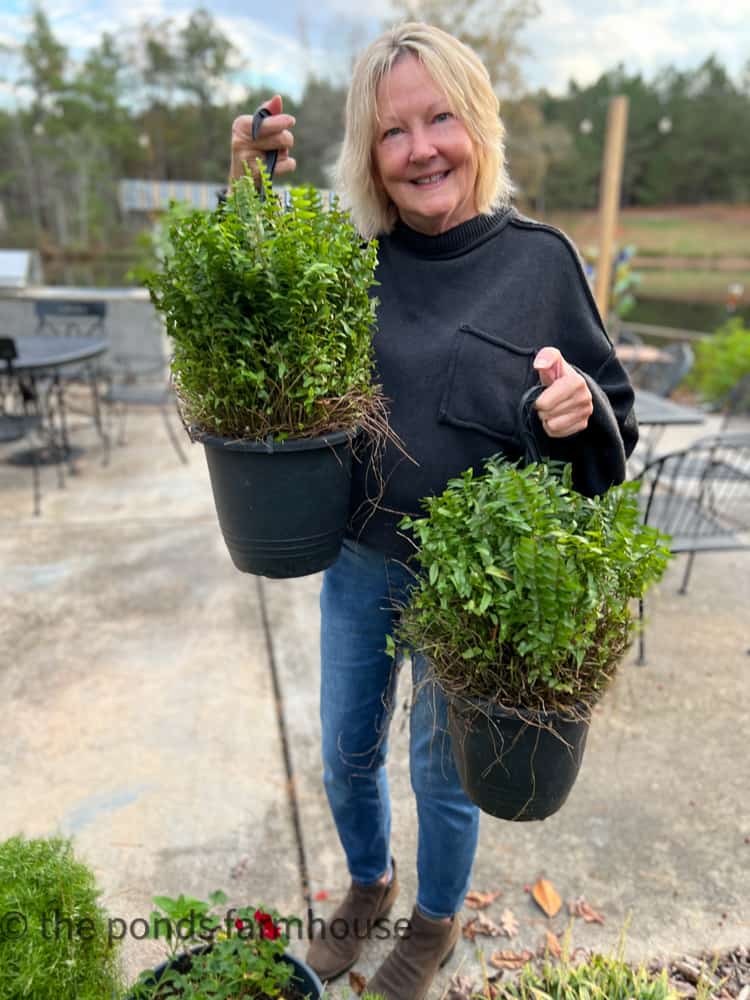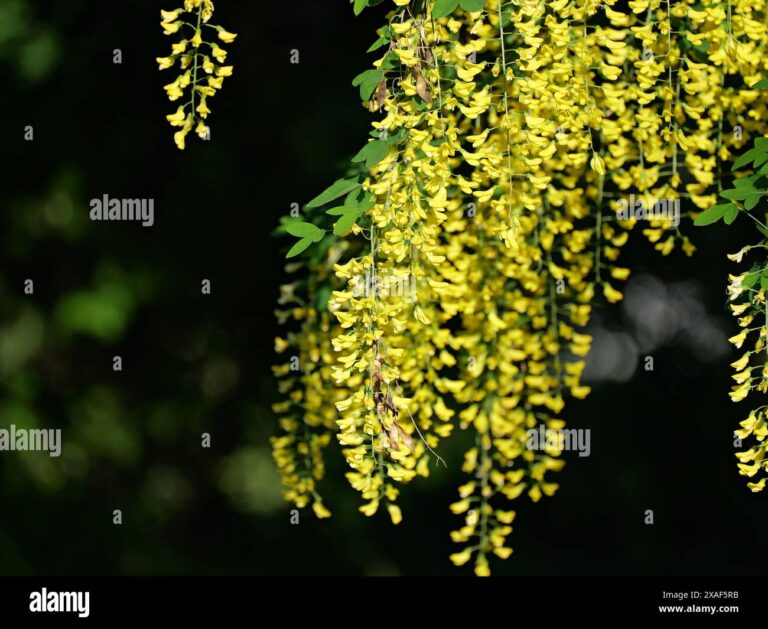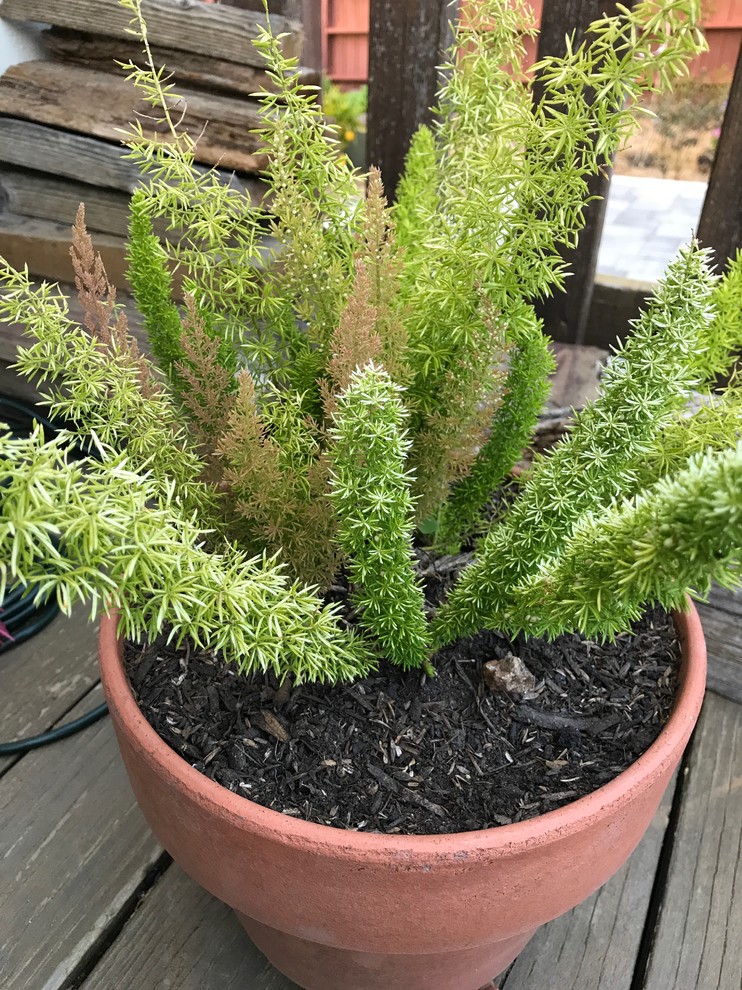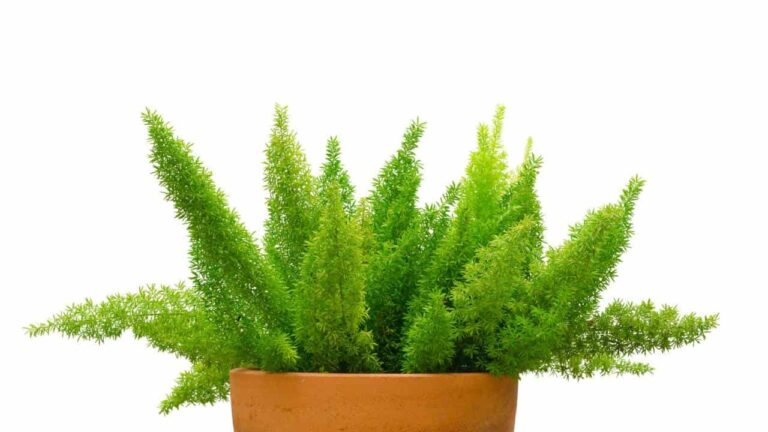Understanding Plant Propagation
To successfully propagate fern plants, it’s helpful to first understand the broader context of plant propagation methods. This section delves into the historical techniques and the role of growth hormones in propagating plants effectively.
Historical Plant Propagation Techniques
Fern propagation, like many other plants, has a rich history deeply rooted in ancient agricultural practices. Early civilizations, including the Greeks, Romans, and Chinese, made significant contributions to the field of plant propagation. Techniques such as rooting cuttings, air layering, and graftage were commonly practiced (Issuu).
- Rooting Cuttings: This technique involves cutting a section of a plant’s stem and planting it in a medium to encourage root development.
- Air Layering: This involves creating a wound on a stem and wrapping it in moist material to promote root growth while still attached to the parent plant.
- Graftage: This technique involves joining two plant segments together so that they unite and grow as a single plant.
These ancient methods laid the groundwork for today’s modern propagation techniques, allowing for more efficient and controlled propagation of various plants, including ferns.
Role of Growth Hormones
One of the significant advancements in plant propagation is the understanding of growth hormones, particularly auxins. Auxins play a crucial role in root initiation and development, making them essential for successful propagation (Issuu).
- Auxins: These hormones promote cell elongation, stimulate root growth, and are critical for the healing process in cuttings.
- Cytokinins: These are another group of hormones that promote cell division and shoot formation, often used in tissue culture propagation.
- Gibberellins: These hormones are known for promoting stem elongation and germination.
The use of synthetic auxins, such as Indole-3-butyric acid (IBA) and Naphthaleneacetic acid (NAA), has revolutionized the propagation industry. These compounds mimic natural auxins and are often applied to cuttings to accelerate and enhance root formation.
| Hormone Type | Function | Common Use |
|---|---|---|
| Auxins | Promote root growth and cell elongation | Rooting cuttings |
| Cytokinins | Stimulate cell division and shoot formation | Tissue culture |
| Gibberellins | Promote stem elongation and germination | Seed germination |
Understanding the role of these hormones helps gardeners optimize their propagation techniques, ensuring higher success rates in growing new plants from cuttings or spores.
For more tips on fern plant care and other gardening insights, explore our related articles on fern plant watering and fern plant light requirements. This knowledge not only aids in propagation but also in the overall health and growth of your fern plants.
Modern Plant Propagation Methods
Modern plant propagation techniques have advanced significantly, offering gardeners effective ways to propagate plants successfully. Two widely used modern propagation methods are mist and fog propagation systems and intermittent mist systems.
Mist and Fog Propagation Systems
Mist and fog propagation systems have revolutionized horticulture, providing a controlled environment that promotes the successful propagation of fern plants. These systems became indispensable in commercial nurseries by the 1970s (Issuu).
Mist Propagation Systems:
Mist propagation systems provide a light mist of water over the plant cuttings at regular intervals. This helps maintain optimum humidity levels and prevents the cuttings from drying out. The mist is usually applied via fine nozzles that disperse water droplets, creating a microclimate that encourages root development.
Fog Propagation Systems:
Fog propagation systems use ultrasonic or high-pressure nozzles to create extremely fine water droplets, almost like a fog. This method offers even higher humidity levels compared to mist systems, which is crucial for propagating delicate fern cuttings. Despite their effectiveness, fog systems were initially slower to gain popularity due to disease control issues in the early stages (Issuu).
| System Type | Humidity Level | Droplet Size | Popularity |
|---|---|---|---|
| Mist System | High | Larger droplets | High |
| Fog System | Very High | Fine mist | Moderate |
Intermittent Mist Systems
Intermittent mist systems provide periodic misting to plant cuttings, helping to maintain consistent moisture levels without waterlogging the growing medium. The development of these systems contributed to the commercial success of cutting propagation (Issuu).
Key features of intermittent mist systems:
- Timed Intervals: The mist is applied at set intervals, usually controlled by a timer. This ensures the cuttings receive the right amount of moisture without becoming oversaturated.
- Thermostatic Control: Some advanced systems come with thermostatic controls that adjust mist frequency based on ambient temperature, providing fluctuations suited to different plant needs.
Benefits for fern propagation:
Intermittent mist systems are particularly beneficial for propagating ferns because they ensure a consistent supply of moisture, which is crucial for fern cuttings. This method helps maintain the delicate balance of humidity and temperature required for optimal growth.
Installation:
Intermittent mist systems are relatively easy to set up. They require a reliable water source, misting nozzles, timers, and a control system to regulate mist intervals.
For more information on how to care for your ferns after propagation, visit our comprehensive guide on fern plant care.
By leveraging these modern propagation methods, gardeners can enhance the success rate of propagating ferns and other plants, ensuring healthy and robust growth. Whether using mist and fog systems or intermittent mist systems, understanding these techniques can significantly improve your gardening endeavors.
Propagating Boston Ferns
Boston ferns are popular for their lush, green foliage and ability to thrive indoors. Propagating these ferns can be done using various methods, but soil and water propagation are two of the most common techniques. Below, we will explore each method in detail.
Soil Propagation
Soil propagation is a popular method for growing new Boston fern plants from runners. This process involves several steps to ensure successful propagation.
Steps for Soil Propagation:
- Select Healthy Runners: Choose runners with visible nodules.
- Prepare Soil Mix: Use a blend of peat moss, perlite, and high-quality potting mix.
- Cut Runners: Carefully cut the runners with nodules.
- Potting: Place the cut runners into small pots filled with the prepared soil mix.
- Monitor Soil Moisture: Keep the soil consistently moist but avoid overwatering.
- Transition Plants: Once roots and new growth appear, transition the plants to larger pots.
Ideal Conditions for Soil Propagation:
To propagate Boston ferns successfully, certain conditions must be met:
| Condition | Requirement |
|---|---|
| Temperature | 65 to 75 degrees Fahrenheit |
| Humidity | Above 70 percent |
| Light | Indirect light for 6 hours a day |
| Soil | Well-draining mix of peat, perlite, and potting soil |
| Watering | Keep soil consistently moist, not soggy (Backyard Boss) |
For more detailed information about caring for Boston ferns, you may find our article on fern plant care useful.
Water Propagation
Water propagation is an alternative method that allows you to grow new Boston fern plants by placing cut runners in water.
Steps for Water Propagation:
- Select Healthy Runners: Choose runners with visible nodules.
- Prepare Container: Fill a container with water, ensuring it is clean and free of contaminants.
- Cut Runners: Carefully cut the runners with nodules.
- Place Runners in Water: Submerge the nodules in water while keeping the leaves above the waterline.
- Monitor Water Level: Refill the water as needed to keep the nodules submerged.
- Transplant: Once roots have developed, transplant the runners into soil.
Ideal Conditions for Water Propagation:
| Condition | Requirement |
|---|---|
| Temperature | 65 to 75 degrees Fahrenheit |
| Light | Indirect light for 6 hours a day |
| Water Quality | Clean, room temperature water |
| Observation | Check regularly for root development |
This method is particularly useful for those wanting to monitor root growth before planting in soil. If you notice fern plant dying symptoms, review care conditions to ensure the healthiest plants.
By adhering to these propagation techniques, gardeners can successfully grow new Boston fern plants and enjoy their beautiful, airy foliage indoors. For more tips on propagating fern plants, read our guide on various methods of fern propagation.
Various Methods of Fern Propagation
Fern plant propagation can be conducted through several methods, each with its own set of benefits and challenges. Here, we will explore two primary methods: spore propagation and root and runner division.
Spore Propagation
Ferns reproduce through spores, which are borne in spore cases on the underside of fertile fronds. This method mirrors the natural reproduction process of ferns and allows gardeners to replicate the exact characteristics of the parent plant (Wholesale Nursery Company).
Steps for Spore Propagation:
- Collecting Spores: Wait until the fern fronds mature and the spore cases turn brown. Carefully cut the frond and shake it over a piece of paper to collect the spores.
- Preparing the Medium: Use a mix of moist soil and peat as the growing medium. Ensure the medium is sterilized to prevent fungal growth.
- Sowing the Spores: Scatter the collected spores evenly over the surface of the growing medium.
- Maintaining Humidity: Cover the container with plastic to maintain humidity. Place it in a warm area with indirect light.
- Germination: Spores can take anywhere from two to six months to germinate. During this period, the spores develop into a prothallium, which then gives rise to new fern fronds (UGA Extension Growing Ferns; University of Maine Extension).
A table summarizing the timeline and steps:
| Step | Action | Time Frame |
|---|---|---|
| Collecting Spores | Shake mature fronds | When spore cases turn brown |
| Preparing Medium | Mix of soil and peat | Before sowing |
| Sowing Spores | Scatter spores on medium | Immediately after collection |
| Maintaining Humidity | Cover with plastic & indirect light | Until germination (2-6 months) |
| Germination & Growth | Develops into prothallium and fronds | 2-6 months |
Root and Runner Division
Root and runner division is another effective method for propagating certain fern species. This method involves separating the parent plant into smaller sections, each with its own root system, making it possible to establish new plants more quickly.
Steps for Root and Runner Division:
- Choosing the Plant: Select a mature fern with a well-developed root system.
- Preparing for Division: Carefully remove the fern from its pot and gently shake off excess soil to expose the roots.
- Dividing the Plant: Use a sharp, sterilized knife to divide the root ball into smaller sections. Ensure each section has roots and at least one growing point (rhizome or runner).
- Potting the Divisions: Plant each division in a pot filled with well-draining potting mix.
- Post-Division Care: Water the newly potted divisions thoroughly and place them in a humid environment with indirect light until they establish new growth (Wholesale Nursery Company).
It’s important to consistently monitor moisture levels to prevent the newly divided ferns from drying out.
For more ways to care for your fern plants, whether you’re dealing with fern plant care indoors or fern plant care outdoor, check our extensive guides. And if you encounter issues like a fern plant turning brown or fern plant dying, you can find solutions in our troubleshooting sections. Happy gardening and fern propagating!




